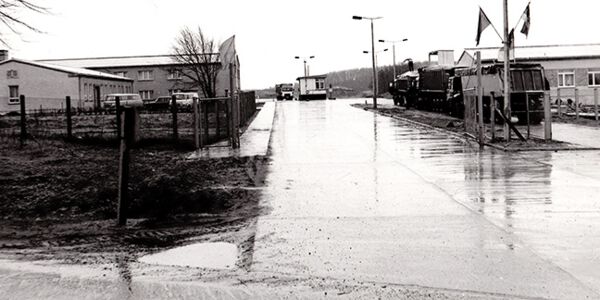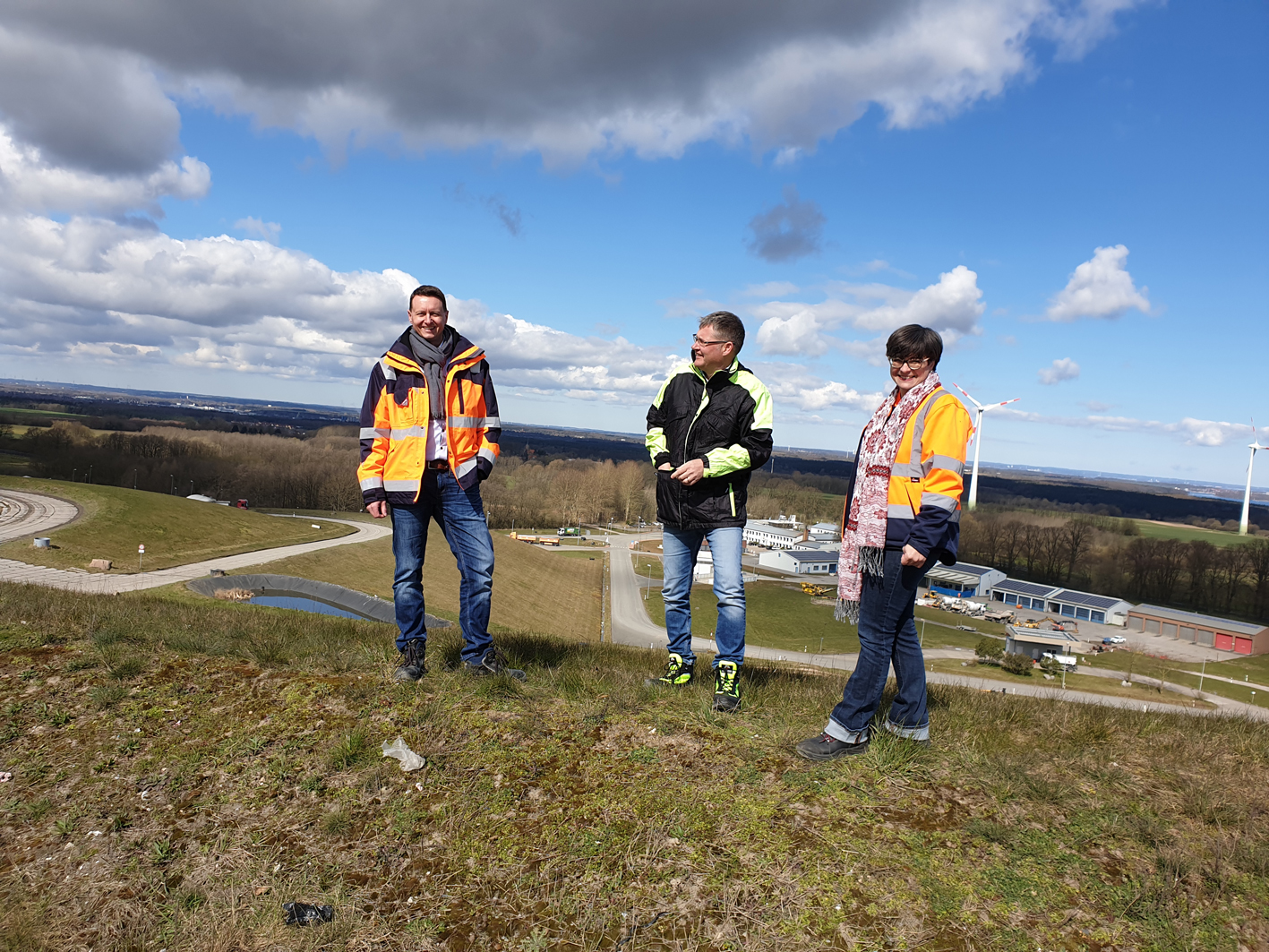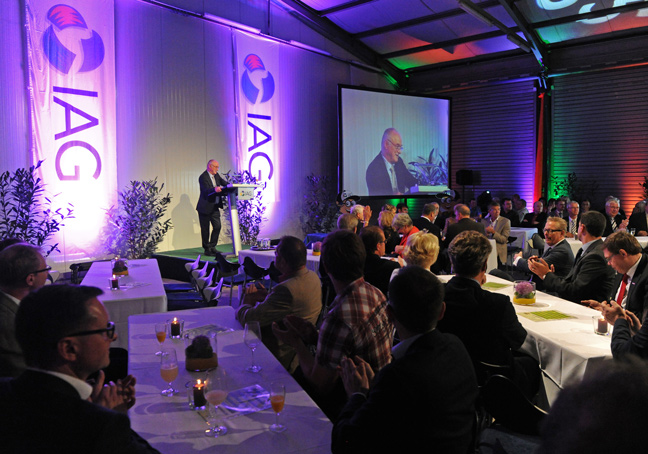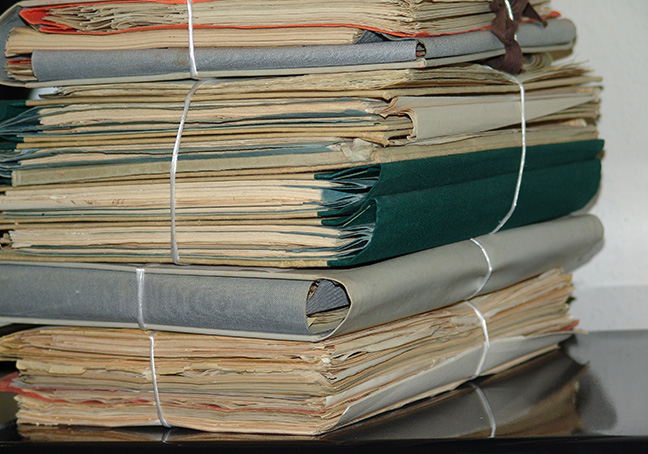History of the facility
From its founding until TODAY - We have achieved so much.
That is motivation for the future.
Beate Ibiß and Norbert Jacobsen take over the management of IAG.
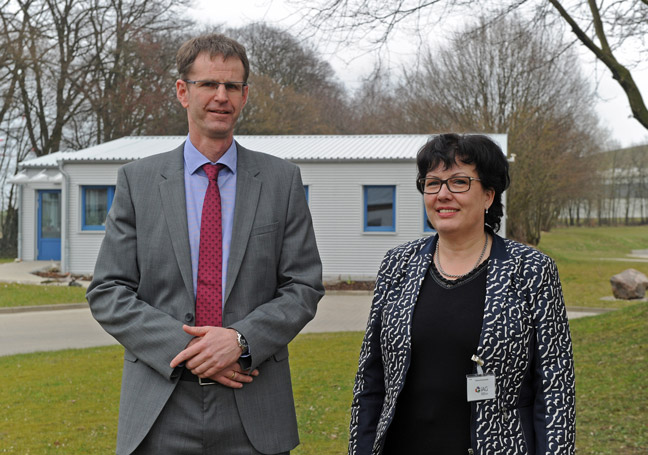
Our parent company GAA – Gesellschaft für Abfallwirtschaft und Altlasten M-V mbH – moved from Schwerin to the new company headquarters in Ihlenberg, Selmsdorf.
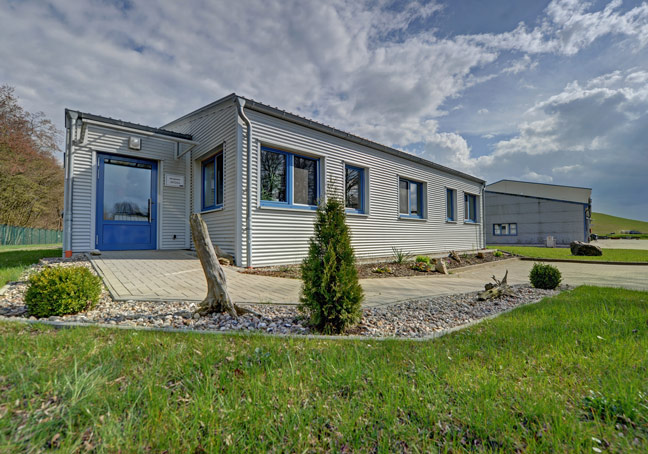
Merger of subsidiary RABA Ihlenberg GmbH with IAG, which had acted has the parent company up to that point in time. The tasks and responsibilities for the operation of the mechanical residual waste treatment plant have been assumed by IAG directly since then.
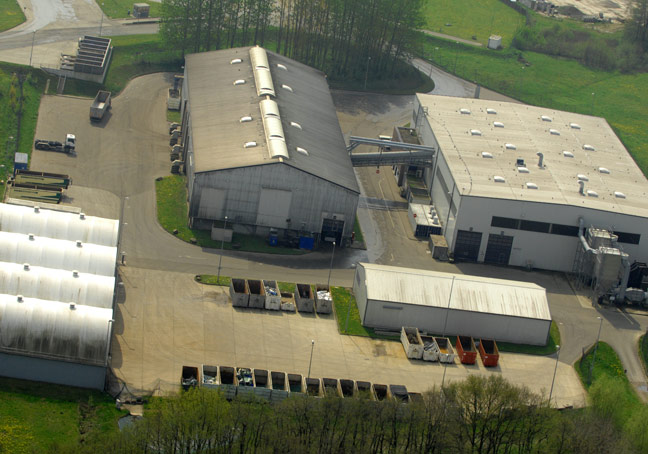
From 01.06.2005, only pre-treated municipal waste is allowed to be deposited in the landfill. As owner and operator of the landfill Ihlenberg, we reacted to this and erected our own residual-waste treatment plant at Ihlenberg.
In September 2000, IAG purchased the shares that the Hilmer Group had held in DMG. With the acquisition of the further 50% of the DMG shares from RWE at the beginning of 2002, the IAG and DMG operation at Ihlenberg were jointly managed. On 12.09.2002, the merger of DMG into IAG was made legally binding through entry into the commercial register. The tasks and responsibility for the Ihlenberg landfill have been assumed by IAG mbH as owner and operator of the Ihlenberg facility.
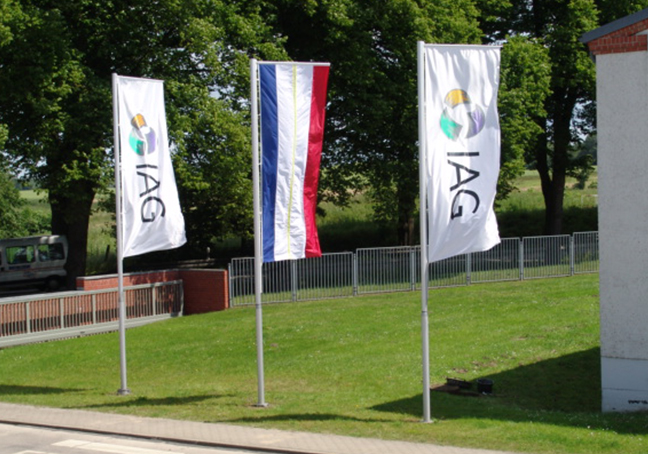
IAG cancelled the marketing contract with VGI and assumed responsibility for marketing the Ihlenberg landfill.
As owner, the IAG also assumed the operation of DMG. DMG was commissioned with operating the plant.
IAG leased the facility to DMG Deponie-Management GmbH.
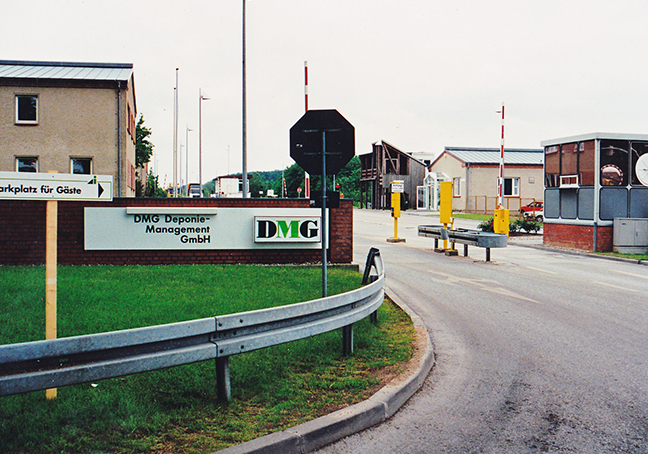
The order to transform the state-owned companies into incorporated companies saw the transformation of VEB Deponie Schönberg (Schönberg landfill) into IAG – Ihlenberger Abfallentsorgungsgesellschaft mbH.
The VEB Deponie Schönberg emerged from the VEB Stadt- und Gemeindewirtschaft Grevesmühlen. The name of the company was misleading because the facility was not located in or around the town of Schönberg, but was instead located in the parish of Selmsdorf.
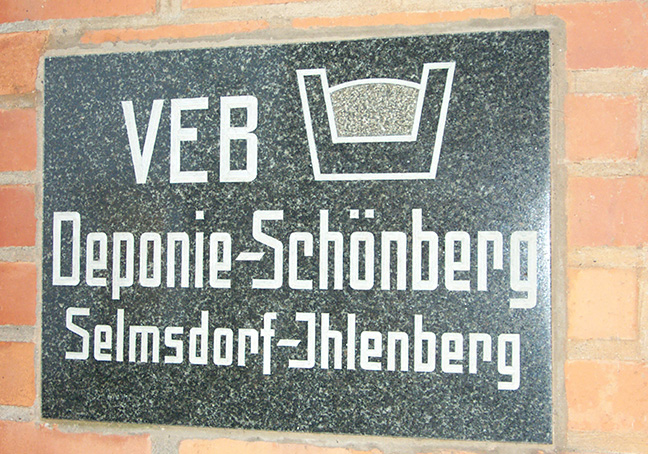
The first building measures and the start of landfill operations as a commercial operation of the Grevesmühlen urban economy.
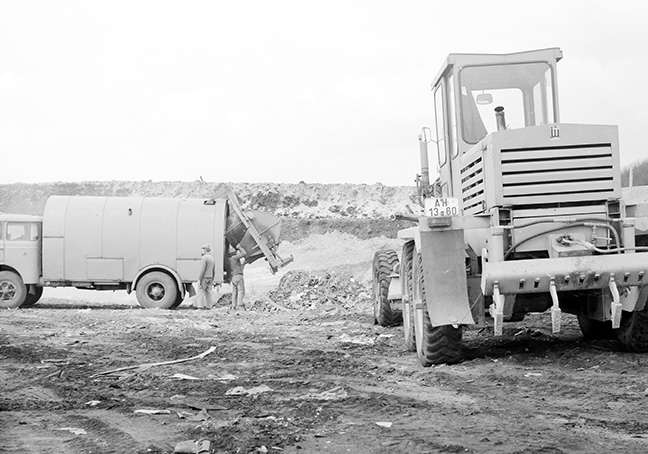
A year later, the Hanseatischer Baustoffkontor (Hanseatic Building Material Office) signed a contract with the GDR government in East Berlin governing the transportation and disposal of construction waste in the Schönberg landfill. The first construction waste was brought from the Federal Republic to Schönberg.
